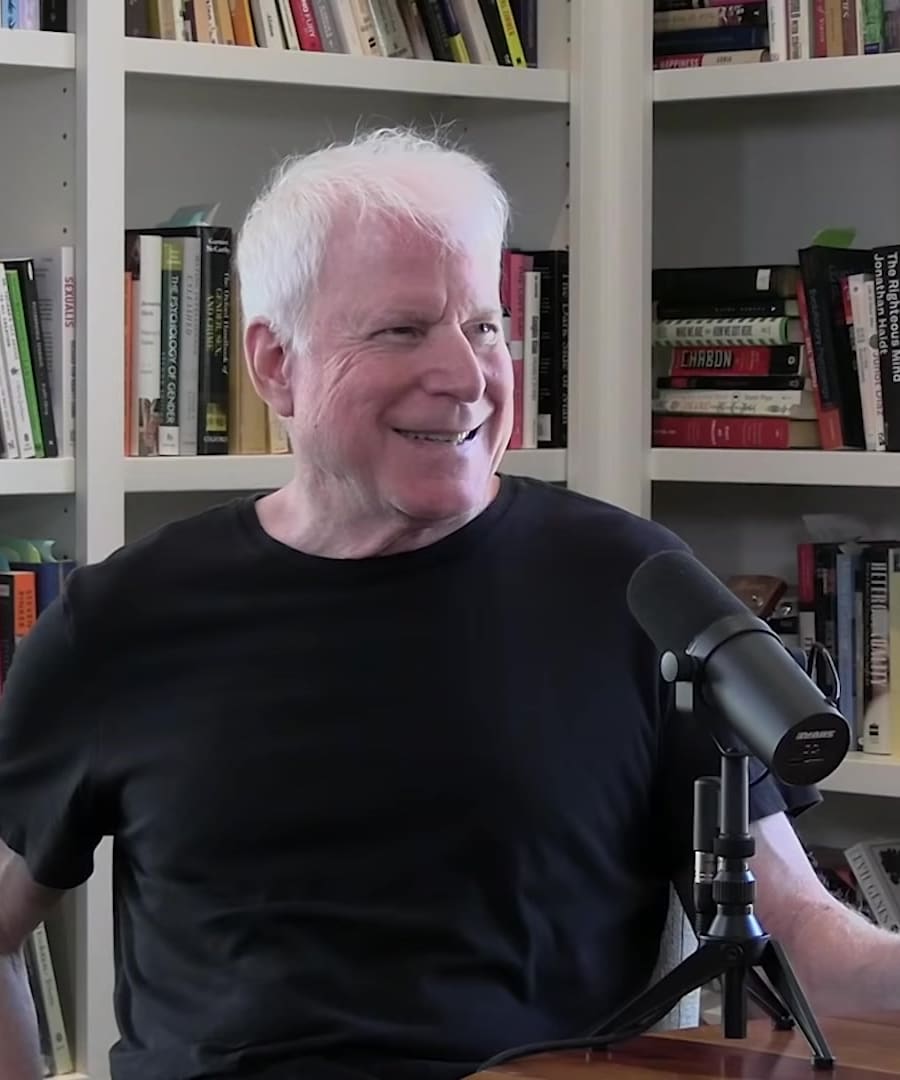Theoretical framework for mate choice?
Sources:
The theoretical framework for understanding mate choice largely stems from Charles Darwin's theory of sexual selection, distinct from natural selection. This theory explains how certain characteristics evolve not because they offer survival advantages, but because they offer mating advantages [1].
Key Concepts:
-
Intrasexual Competition:
- This involves members of the same sex competing against each other to gain access to mates.
- For example, male stags fighting with antlers, where the winner gains access to females [1].
-
Preferential Mate Choice:
- Here, members of one sex exhibit preferences for certain qualities in mates.
- Traits that are desired by the opposite sex increase in frequency over generations because individuals with these traits have higher reproductive success [1].
Human Implications:
- Human mate choice is complex and involves mutual mate choice; both sexes have preferences and thus must reciprocally select each other.
- In humans, these preferences often create competition among potential mates to display desirable traits like resource acquisition or physical attractiveness [1].
Further, preferences and competition criteria can vary depending on whether the relationship is intended to be long-term or short-term [1]. This dual pathway elucidates why certain traits are valued differently in transient versus lifetime mates.
Application:
Understanding this theoretical framework provides insights into human behaviors related to mate choice, preferences, and competition, applicable in fields like psychology, evolutionary biology, and even social dynamics.
RELATED QUESTIONS-
